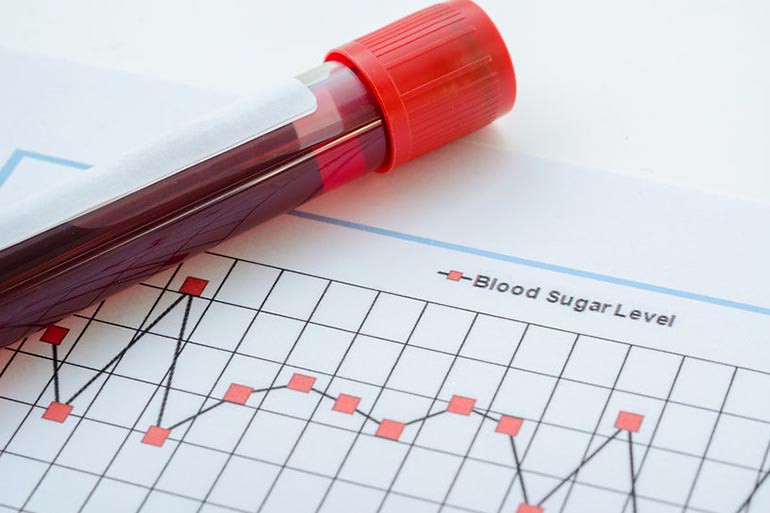
Photo courtesy of Rahmeen Mazhar via Flickr
Type 2 diabetes (T2D) is surging among U.S. children, according to officials at the Children’s Hospital at Montefiore (CHAM) and Albert Einstein College of Medicine (together, Montefiore-Einstein). The number of young people under the age of 20 living with the disease has nearly doubled between 2001 and 2017, they said and yet, aside from increases in childhood obesity, the reasons for this disturbing increase are not clear.
The good news is that the National Institute of Diabetes and Digestive and Kidney Diseases (NIDDK), part of the National Institutes of Health (NIH), has awarded Montefiore-Einstein a six-year, $4.1 million grant to study the “metabolic, behavioral and social determinants of youth-onset T2D,” or in other words to identify the biological and social factors that cause children and adolescents to develop the condition.
Carmen R. Isasi M.D. Ph.D, is professor of epidemiology and population health, and of pediatrics at Einstein, associate director of the New York Regional Center for Diabetes Translational Research and principal investigator of the CHAM/Einstein site. She said, “The children we serve face profound social challenges that may contribute to the high rates of type 2 diabetes in The Bronx.” Isasi added, “This study will help us to identify factors besides obesity, including social factors such as food and housing insecurity, that may be contributing to the high T2D incidence rates among children in our community.”
According to Montefiore-Einstein officials, a large NIDDK study will enroll 3,000 children from a variety of racial and ethnic minority populations at 15 clinical sites across the country to better understand what factors impact the development of the condition. At CHAM and Einstein, 250 children between 9 and 14 years of age, who are overweight or obese, will be enrolled in the study.
The Montefiore Einstein investigators said the children were selected in part due to their history of research with Hispanic and Latino populations, but also because The Bronx is one of the most racially and ethnically diverse counties in the country, where children have high rates of obesity-related metabolic disorders, and face social and economic adversity that contributes to health inequity.
Montefiore-Einstein officials said T2D inhibits the body’s ability to regulate sugar in the blood. Over time, they said high blood-sugar levels can damage organs throughout the body, leading to serious health problems such as heart disease, vision loss, and kidney disease. They added that T2D can be successfully managed, and sometimes even reversed, with diet and lifestyle modifications, but socioeconomic challenges, such as lack of access to healthy food and unsafe environments, can hamper an individual’s ability to prevent or manage the condition.
The researchers will meet the children annually over four years to assess their blood-sugar levels and monitor their overall health. The data collected at the 15 clinical sites will be analyzed to look specifically for factors that may spur prediabetes to progress to T2D in adolescents going through puberty, a particularly challenging time for regulating blood sugar, according to health experts. Ideally, the aggregated data will reveal previously unrecognized factors that contribute to risk for youth-onset T2D and will help clinicians recognize children at greatest risk for developing the disease.
“We hope that our participation in this study will bring to light the multi-faceted nature of type 2 diabetes so that more resources can be directed to addressing both clinical care and social influences,” said Isasi. “Our goal is to help create evidence-based guidance for pediatricians, so the children at greatest risk can receive the medical and social support that may keep them from developing the disease.”





Come on you know what causes diabetes in the Bronx. You live it everyday. Poor condition, bad eating habits, lack of money for nutritional foods. You can only afford to feed your kids junk cuz you can’t afford the nutritional food that’s so important for them. The environment we living chimneys and exhaust systems from cars. It doesn’t take a study to know what’s going on. Just get it fixed.